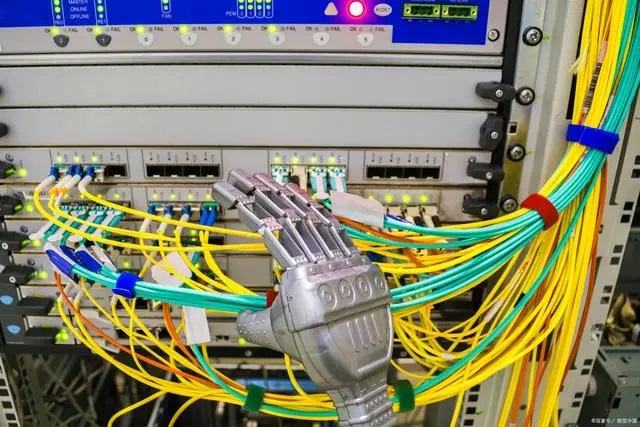In a Modbus communication environment, device conflicts may cause communication failures, data errors, or system performance degradation. In order to solve these problems, it is necessary to investigate and adjust from different aspects. Listed below are some detailed suggestions and methods for resolving device conflicts to help you optimize and stabilize your Modbus communication network:
1. Check and adjust the slave device address: First, you need to ensure that each slave device has a unique address in the Modbus network. To avoid address conflicts, you can use specialized Modbus tools to scan your network for device addresses and reassign duplicate addresses.
2. Verify communication parameters: In order to ensure the reliability and accuracy of communication, communication parameters (such as baud rate, data bits, stop bits and parity) between all devices must be consistent. Please check the communication parameters of each device through the device documentation or related tools and make corresponding adjustments.
3. Adjust the polling rate and delay: The master device polls the slave device at a rate that is too fast, which may cause the slave device to respond to timeout or conflict. You can try slowing down the polling rate or adding an appropriate delay between sending requests from the master. This will provide sufficient time for the slave device to process the request and return a response, reducing the risk of conflicts.
4. Use the correct communication cables and termination resistors: It is crucial to use the appropriate cable type and quality, as well as the correct termination resistors. This will help reduce signal interference, improve signal quality and anti-interference capabilities. Be sure to select appropriately sized cables and termination resistors based on the equipment manufacturer’s recommendations.
5. Limit the number of master devices and properly plan the network topology: In a Modbus network, multiple master devices may cause confusion and conflicts in requests and responses. If possible, try to reduce the number of master devices and use a reasonable network topology. Additionally, you may consider using a Modbus device with data gateway capabilities to connect the master device to different slave device subnets to reduce the risk of conflicts.
6. Network diagnosis and monitoring: Regularly inspect and maintain the Modbus network to discover and solve potential problems. Use diagnostic tools to help you monitor bus status, detect error frames, count device communication errors, etc., and help you find possible device conflicts.
7. Use repeaters/isolators in complex networks: In large or high-interference environments, using repeaters or isolators can enhance signal quality and isolate parts of the signal that may cause conflicts. This approach helps improve overall network stability and reliability.

Through the above methods, you can troubleshoot and solve Modbus device conflicts. It should be noted that optimizing and maintaining the Modbus communication environment is an ongoing process that requires you to continuously monitor, diagnose, and adjust to ensure the reliability and efficiency of the communication network.